Project Managers, Focus on Outcomes — Not Deliverables
Last updated: November 05, 2023 Read in fullscreen view
- 01 Aug 2024
 The Standish Group report 83.9% of IT projects partially or completely fail 150/1772
The Standish Group report 83.9% of IT projects partially or completely fail 150/1772 - 13 Apr 2024
 Lessons on Teamwork and Leadership from Chinese story book "Journey to the West" 41/949
Lessons on Teamwork and Leadership from Chinese story book "Journey to the West" 41/949 - 10 Apr 2022
 Agile self-organizing teams: What are they? How do they work? 28/435
Agile self-organizing teams: What are they? How do they work? 28/435 - 28 Oct 2023
 The GOLDEN Rules of Software Engineering 27/522
The GOLDEN Rules of Software Engineering 27/522 - 02 Nov 2021
 What is Terms of Reference (ToR)? 23/1466
What is Terms of Reference (ToR)? 23/1466 - 08 Dec 2021
 What Are The 4 Types of Maintenance Strategies? 20/1031
What Are The 4 Types of Maintenance Strategies? 20/1031 - 21 May 2022
 "Fail Fast, Fail Often, Fail Forward" is the answer to Agile practices of software success 18/941
"Fail Fast, Fail Often, Fail Forward" is the answer to Agile practices of software success 18/941 - 03 Apr 2022
 Microsoft Solutions Framework (MSF) 12/1157
Microsoft Solutions Framework (MSF) 12/1157 - 18 Dec 2023
 The Cone of Uncertainty in Scrum & Requirement Definition 8/643
The Cone of Uncertainty in Scrum & Requirement Definition 8/643 - 13 Oct 2021
 What is Bug Convergence? Why is it important for User Acceptance Testing (UAT)? 8/684
What is Bug Convergence? Why is it important for User Acceptance Testing (UAT)? 8/684 - 02 Dec 2022
 3 Levels of Quality in KANO Analysis Model 8/1000
3 Levels of Quality in KANO Analysis Model 8/1000 - 18 Oct 2021
 Key Elements to Ramping Up a Large Team 7/1108
Key Elements to Ramping Up a Large Team 7/1108 - 13 May 2022
 IT Training and Development: The most effective options for upskilling IT staff 7/1021
IT Training and Development: The most effective options for upskilling IT staff 7/1021 - 14 Oct 2021
 Stream Story - Low land stream or fast moving stream? 6/569
Stream Story - Low land stream or fast moving stream? 6/569 - 08 Nov 2022
 4 tips for meeting tough deadlines when outsourcing projects to software vendor 6/254
4 tips for meeting tough deadlines when outsourcing projects to software vendor 6/254 - 01 Sep 2022
 Facts Chart: Why Do Software Projects Fail? 6/540
Facts Chart: Why Do Software Projects Fail? 6/540 - 20 Nov 2022
 Agile working method in software and football 5/323
Agile working method in software and football 5/323 - 20 Jul 2022
 Software Myths and Realities 4/797
Software Myths and Realities 4/797 - 05 May 2021
 TIGO Magic Scale - PoC tool for you to apply dichotomous thinking before submitting RFP 4/297
TIGO Magic Scale - PoC tool for you to apply dichotomous thinking before submitting RFP 4/297 - 06 Mar 2021
 4 things you need to do before getting an accurate quote for your software development 4/615
4 things you need to do before getting an accurate quote for your software development 4/615 - 03 Nov 2022
 Questions and answers about Kano Model 3/805
Questions and answers about Kano Model 3/805 - 09 Mar 2022
 Consultant Implementation Pricing 3/184
Consultant Implementation Pricing 3/184 - 16 Apr 2021
 Insightful Business Technology Consulting at TIGO 3/376
Insightful Business Technology Consulting at TIGO 3/376 - 16 Feb 2021
 Choose Outsourcing for Your Non Disclosure Agreement (NDA) 3/150
Choose Outsourcing for Your Non Disclosure Agreement (NDA) 3/150 - 07 Jul 2022
 Managing Project Execution Terms 3/379
Managing Project Execution Terms 3/379 - 10 Apr 2024
 The Parking Lot Method: Unlocking a Simple Secret to Supercharge Your Productivity 3/403
The Parking Lot Method: Unlocking a Simple Secret to Supercharge Your Productivity 3/403 - 26 Sep 2024
 Successful Project Management Techniques You Need to Look Out For 2/368
Successful Project Management Techniques You Need to Look Out For 2/368 - 14 Jun 2022
 Example and Excel template of a RACI chart in Software Development 2/707
Example and Excel template of a RACI chart in Software Development 2/707 - 15 May 2022
 20 Common Mistakes Made by New or Inexperienced Project Managers 2/247
20 Common Mistakes Made by New or Inexperienced Project Managers 2/247 - 19 Jul 2022
 The 12 Principles of Continuous Process Improvement 2/456
The 12 Principles of Continuous Process Improvement 2/456 - 12 Aug 2022
 What is End-to-end project management? 2/382
What is End-to-end project management? 2/382 - 02 May 2022
 What Is RAID in Project Management? (With Pros and Cons) 2/734
What Is RAID in Project Management? (With Pros and Cons) 2/734 - 24 Nov 2023
 The project management paradox: Achieving MORE by doing LESS 2/193
The project management paradox: Achieving MORE by doing LESS 2/193 - 05 Jun 2023
 Fractional, Part-Time (virtual) or Interim CTO: Who Will Cover Your Business Needs? 2/109
Fractional, Part-Time (virtual) or Interim CTO: Who Will Cover Your Business Needs? 2/109 - 03 Jul 2022
 Manifesto for Agile Software Development 2/240
Manifesto for Agile Software Development 2/240 - 07 Jul 2021
 The 5 Levels of IT Help Desk Support 2/380
The 5 Levels of IT Help Desk Support 2/380 - 10 Apr 2021
 RFP vs POC: Why the proof of concept is replacing the request for proposal 2/254
RFP vs POC: Why the proof of concept is replacing the request for proposal 2/254 - 12 Oct 2020
 The Agile Manifesto - Principle #8 2/447
The Agile Manifesto - Principle #8 2/447 - 07 Oct 2020
 How To Manage Expectations at Work (and Why It's Important) 2/266
How To Manage Expectations at Work (and Why It's Important) 2/266 - 27 Jan 2020
 Should a project manager push developers to work more hours due to mistakes of manager schedule setting? 1/412
Should a project manager push developers to work more hours due to mistakes of manager schedule setting? 1/412 - 01 Oct 2020
 Handling tight project deadlines as a business analyst 1/313
Handling tight project deadlines as a business analyst 1/313 - 30 Oct 2022
 How Much Does MVP Development Cost in 2023? 1/170
How Much Does MVP Development Cost in 2023? 1/170 - 07 Oct 2022
 Digital Transformation: Become a Technology Powerhouse 1/216
Digital Transformation: Become a Technology Powerhouse 1/216 - 11 Jul 2022
 Lean software development - the game-changer in the digital age 1/229
Lean software development - the game-changer in the digital age 1/229 - 01 Mar 2024
 10 Project Management Myths 1/120
10 Project Management Myths 1/120 - 01 May 2023
 CTO Interview Questions 1/296
CTO Interview Questions 1/296 - 07 Dec 2023
 12 project management myths to avoid 1/167
12 project management myths to avoid 1/167 - 09 Feb 2023
 The Challenge of Fixed-Bid Software Projects 1/191
The Challenge of Fixed-Bid Software Projects 1/191 - 11 Jan 2022
 Lean Thinking and Lean Transformation 1/241
Lean Thinking and Lean Transformation 1/241 - 22 May 2022
 What are common mistakes that new or inexperienced managers make? 1/243
What are common mistakes that new or inexperienced managers make? 1/243 - 01 Jun 2022
 How Your Agile Development Team is Just Like a Football Team? /206
How Your Agile Development Team is Just Like a Football Team? /206 - 02 Dec 2021
 3 Ways to Avoid Scope Creep in IT Consulting /192
3 Ways to Avoid Scope Creep in IT Consulting /192 - 03 Jan 2023
 Organizing your agile teams? Think about M.A.T (Mastery, Autonomy, Purpose) /333
Organizing your agile teams? Think about M.A.T (Mastery, Autonomy, Purpose) /333 - 09 May 2022
 Build one to throw away vs Second-system effect: What are differences? /297
Build one to throw away vs Second-system effect: What are differences? /297 - 10 May 2022
 Levels of Teamwork /180
Levels of Teamwork /180 - 28 Nov 2023
 Scrum Team Failure — Scrum Anti-Patterns Taxonomy (3) /228
Scrum Team Failure — Scrum Anti-Patterns Taxonomy (3) /228 - 01 Mar 2022
 Why Does Scrum Fail in Large Companies? /243
Why Does Scrum Fail in Large Companies? /243 - 06 Jun 2022
 Change Management at the Project Level /292
Change Management at the Project Level /292 - 02 Nov 2022
 Difference between Change Management and Project Management /216
Difference between Change Management and Project Management /216 - 20 Nov 2022
 Software Requirements Are A Communication Problem /233
Software Requirements Are A Communication Problem /233 - 01 Dec 2022
 Difference between Set-based development and Point-based development /298
Difference between Set-based development and Point-based development /298 - 01 Mar 2023
 How do you deal with disputes and conflicts that may arise during a software consulting project? /145
How do you deal with disputes and conflicts that may arise during a software consulting project? /145 - 23 Jun 2024
 Best Practices for Managing Project Escalations /183
Best Practices for Managing Project Escalations /183 - 21 Jun 2024
 Dead Horses and the Escalation of Commitment /123
Dead Horses and the Escalation of Commitment /123 - 01 Aug 2022
 Is planning "set it and forget it" or "set it and check it"? /264
Is planning "set it and forget it" or "set it and check it"? /264 - 09 Oct 2022
 Key Advantages and Disadvantages of Agile Methodology /666
Key Advantages and Disadvantages of Agile Methodology /666 - 10 Oct 2022
 Should Your Business Go Agile? (Infographic) /108
Should Your Business Go Agile? (Infographic) /108 - 09 Jan 2022
 How to Bridge the Gap Between Business and IT? /163
How to Bridge the Gap Between Business and IT? /163 - 16 Jul 2022
 What are disadvantages of Agile Methodology? How to mitigate the disadvantages ? /353
What are disadvantages of Agile Methodology? How to mitigate the disadvantages ? /353 - 02 Nov 2022
 Frequently Asked Questions about Agile and Scrum /372
Frequently Asked Questions about Agile and Scrum /372 - 11 Oct 2021
 10 Myths About Low-End Project Management Software /274
10 Myths About Low-End Project Management Software /274 - 27 Oct 2020
 8 principles of Agile Testing /1196
8 principles of Agile Testing /1196 - 03 Nov 2022
 Top questions and answers you must know before ask for software outsourcing /264
Top questions and answers you must know before ask for software outsourcing /264 - 07 Aug 2022
 Things to Consider When Choosing a Technology Partner /249
Things to Consider When Choosing a Technology Partner /249 - 21 Oct 2022
 Virtual meeting - How does TIGO save cost, reduce complexity and improve quality by remote communication? /166
Virtual meeting - How does TIGO save cost, reduce complexity and improve quality by remote communication? /166 - 13 Jan 2020
 Quiz: Test your understanding project cost management /568
Quiz: Test your understanding project cost management /568 - 17 Oct 2021
 Does Fast Tracking increase project cost? /348
Does Fast Tracking increase project cost? /348 - 02 Jun 2024
 Reviving Ancient Wisdom: The Spiritual Side of Project Management /204
Reviving Ancient Wisdom: The Spiritual Side of Project Management /204 - 17 Mar 2025
 IT Consultants in Digital Transformation /62
IT Consultants in Digital Transformation /62 - 10 Jul 2025
 Building AI-Driven Knowledge Graphs from Unstructured Data /111
Building AI-Driven Knowledge Graphs from Unstructured Data /111
By Andrea Belk Olson
Summary: If you’ve ever developed a product, you’ve almost certainly been derailed by scope creep. Features multiply, priorities blur, and schedules and budgets suffer. As a leader, how can you recognize scope creep and realign your team? Shift the focus from “what” you’re building (the deliverables) to “why” you’re building it (the outcomes). In this article, I’ll explain how you can keep your team’s efforts aligned with the genuine needs of your audience.
Organizations typically spend hundreds of hours defining scope for projects and initiatives. This is essential for determining resource allocation, budgets, and timelines. But “scope” is a dangerous word. It can be used to mean either specific deliverables or broader outcomes and teams usually default to zeroing in on the deliverables — checking them off generates a sense of fast progress. But this hyper focus on tactics versus end goals also creates an endless expansion of activities that disrupt both schedules and investments. I’ve seen this occur in almost every client engagement at my company, which designs strategies to help organizations differentiate across competitive landscapes. The executive leaders and their teams spend inordinate amounts of time and energy debating various project tactics, while consistently disregarding, undermining, or even failing to consider the larger outcomes they want to achieve. How can such a habitual problem be effectively addressed?
As a leader, you want to keep your team focused on critical outcomes and problems. To do this, you first need to identify where scope creep usually happens and cut it off quickly. In practice, this means shifting your entire team’s mindset from “what” you’re building to “why” you’re building it, ensuring a project’s outcomes are clearly defined. This will keep the team’s narrative focused on the problem being solved. In this article, I’ll share two key strategies for making this shift in your organization.
First, understand where scope creep occurs.
When we think of a project having “scope creep,” we may think of its requirements and features changing from what was originally set. However, this doesn’t occur because the scope of deliverables isn’t clearly defined. It occurs because there’s often little attention paid to defining outcomes — the unique and distinct customer problem being solved and associated measures of success. Without a clear understanding of outcomes, it’s natural that the scope of a project is much more likely to mutate and balloon on its own.
For example, say a team is tasked with designing and launching a new coffee maker product. While the basic functions of the coffee maker are obvious, the breadth of possible features are virtually limitless. Should it have an alarm? A stainless-steel body? A self-cleaning mode? These options are almost impossible to weigh and effectively debate without a clear understanding of the primary problem being solved.
A scope typically encompasses all the tangible deliverables produced from a project, such as documents, software, designs, or tests. It’s quite easy to define these deliverables — they typically have clear, fixed boundaries. For example, if creating a new coffee maker, the scope may include deliverables such as product specifications, material sourcing plans, and Underwriters Laboratories approval.
A project’s outcomes, on the other hand, are much more abstract and open to interpretation. For instance, with our coffee maker, the obvious end deliverable is the machine itself, but the ideal outcomes for the consumer are much harder to define. This is because the definition of “ideal” varies from person to person. These different perspectives will cause teams to continually debate on what features to include and the only stop to this cycle ends up being budgets or timelines. This is because a scope often fails to convey the “why” behind what’s being built or the intended result.
- 3 Ways to Avoid Scope Creep in IT Consulting
- 8 Expert Tips to Overcome Scope Creep without Losing Clients
- What is the snowball effect in software engineering?
Focusing solely on deliverables can make product development seem like a feature factory, leaving the team disconnected from actual outcomes. Those teams will continue to doggedly deliver on the scope, even though the features may not be achieving the bigger goal. Here are a few key actions that you, as a leader, can take to ensure your team delivers on outcomes:
Strategy 1: Clearly define problem-based outcomes.
Driving projects by outcomes means defining success based on problem resolution, and measuring progress by how effectively you solve the problem. Therefore, an outcome is a problem that an audience has that isn’t addressed or is insufficiently addressed — not the individual project deliverables or features. Defining outcomes means setting aside assumptions on audience wants and desires, and shifting attention to what pain points exist and what is required to eliminate them.
For instance, instead of starting with scope deliverables such as “a stainless-steel body,” examine the audience’s primary problem they need to solve. If their main frustration is cleaning the device, stainless steel would be prone to water spots and only add to the problem. A problem-based outcome in this scenario could be framed as “eliminate the need for device cleaning.” This provides the space for a team to explore how that problem might be better solved. In this case, a solution could include a “self-cleaning mode” and an alternative material for the product housing that is more resistant to stains.
Emphasizing outcomes also helps you to align your team around a common purpose and shared goals. By providing clarity on what needs to be achieved, you’re motivating your team and empowering them to work together to apply creative approaches to problem solving. Without knowing the outcomes, it is presumptive to say whether any specific tactic or deliverable is needed or necessary. In short, only when problem-based outcomes are determined can a useful scope of features and deliverables be defined.
When defining outcomes, ensure they aren’t too broad or vague. If you define one outcome as “maximize product profit margins,” it is unclear what the actual profit margin target is. To address this, focus on creating outcomes with flexible boundaries. For example, a profit margin range would provide more room for creative interpretation.
Strategy 2: Shift the focus from delivering things to delivering outcomes.
As a leader, you’re held responsible for the work of your team and you’re incentivized to deliver results. As a result, you may find yourself diving down into the details, getting overly engaged with the scope of work, and sometimes even specifying individual deliverables. However, by doing this you are mistakenly falling into the trap of believing that delivering things means delivering outcomes.
You can circumvent this trap by steering your own focus back to the problem(s) being solved. This ensures the lion’s share of your time is spent with your team discussing and defining problem-based outcomes, and less on the minutiae. Just because a leader has a new idea, or the organization has the capability to create something doesn’t mean it addresses a specific need of a particular audience. And relying on the idea that “if you build it, they will come” is incredibly risky when competition is fierce, and customers are fickle and discerning.
Finally, to ensure your team stays focused, be sure to address outcomes that are incongruous with others. It may help to create a hierarchy for outcomes, to avoid what might appear to be conflicting priorities. For example, a team may struggle to know whether “maximize product profit margins” takes precedence or a back seat to “eliminating the need for device cleaning.” Therefore, select a single problem-based outcome to serve as the project guidepost, and establish an agreement with your team that it cannot be compromised in any way. The remaining outcomes should then be ranked by the team in order of importance for the target audience and the organization.
• • •
Focusing on problem-based outcomes instead of scoping individual deliverables ensures your team’s efforts are aligned with the genuine needs of your audience. It will also encourage your team to think beyond simply completing tasks, and to consider how their efforts create tangible value to the end consumer. When scope is defined in terms of desired solutions (outcomes) rather than specific tasks (deliverables), it ensures multiple paths to success.
Andrea Belk Olson is a differentiation strategist, speaker, author, and customer-centricity expert. She is the CEO of Pragmadik, a behavioral science driven change agency, and has served as an outside consultant for EY and McKinsey. She is the author of 3 books, a 4-time ADDY® award winner, and contributing author for Entrepreneur Magazine, Rotman Management Magazine, Chief Executive Magazine, and Customer Experience Magazine.








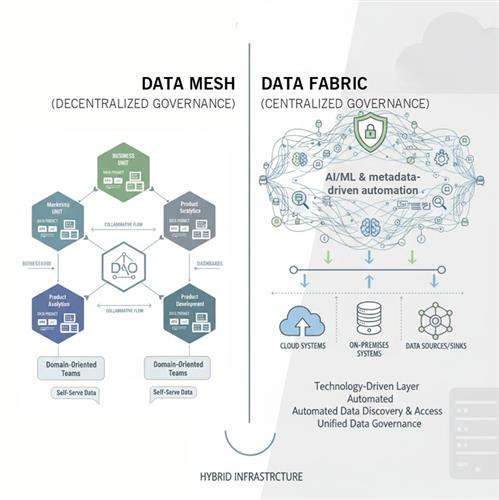
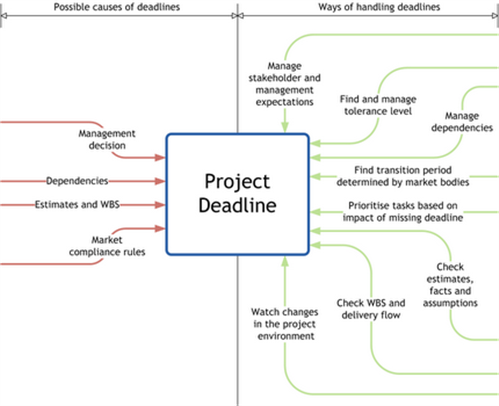

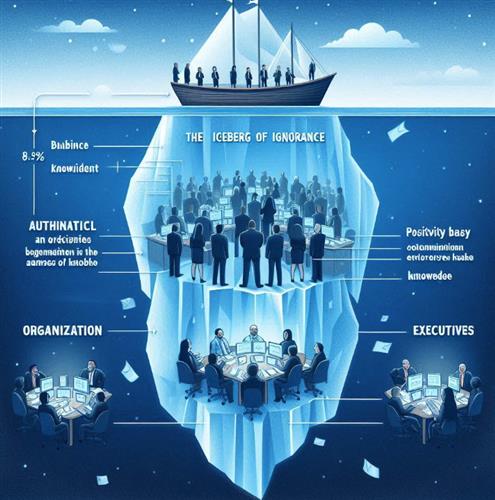

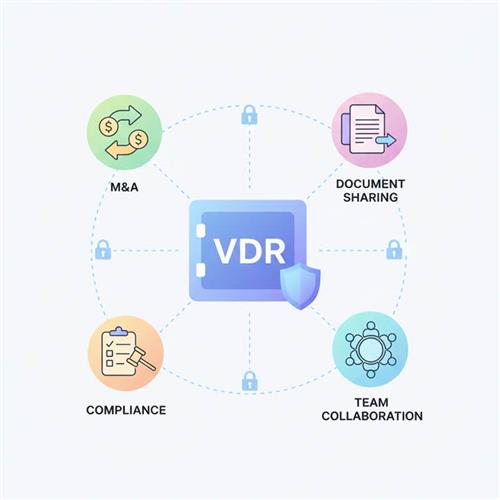

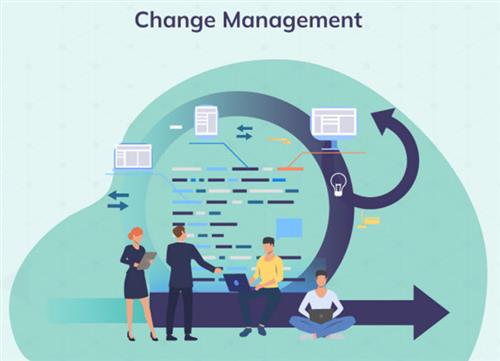
26072024043639_thumb.jpg)

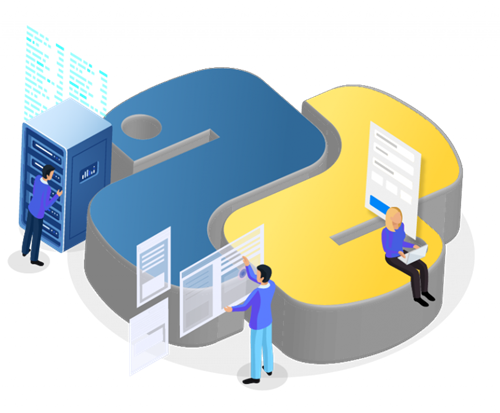

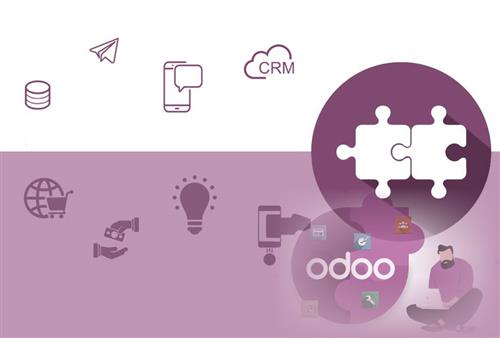

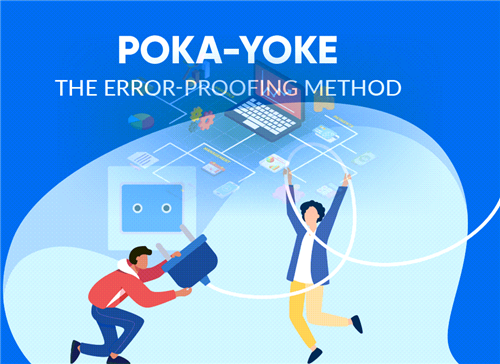
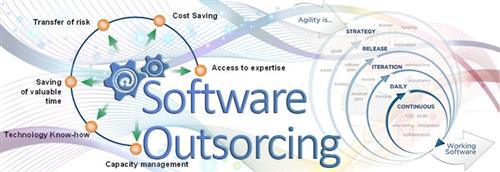
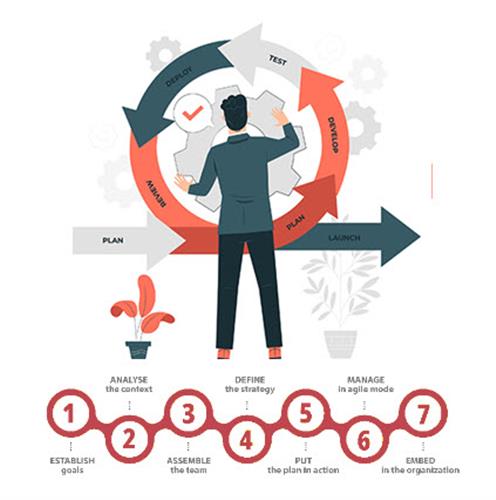










 Link copied!
Link copied!
 Recently Updated News
Recently Updated News